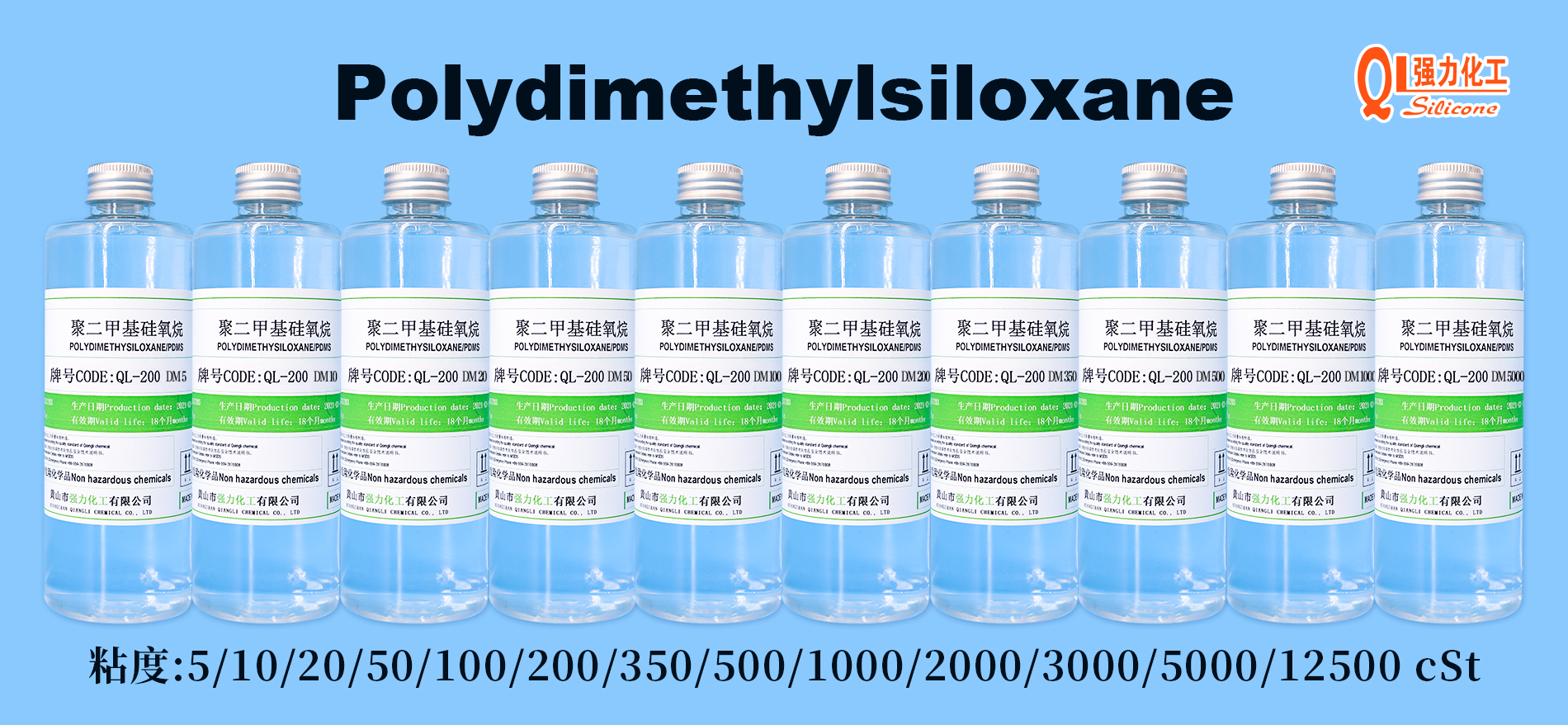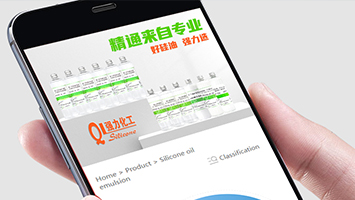I. Precision electronics and microelectronics industry
Application scenarios:
Semiconductor packaging gap filling, MEMS sensor moisture-proof coating, high-frequency circuit component insulation treatment, optical lens internal lubrication.
Advantages:
Nano-level penetration ability: 5cSt silicone oil can penetrate into micron-level gaps (such as gaps between chip package pads <10μm), forming an ultra-thin insulating film (thickness of about 0.1-0.5μm), avoiding bubble retention caused by high-viscosity silicone oil;
Low dielectric constant (2.7-2.8): Better than most organic insulating materials, suitable for dielectric protection of 5G RF components and high-frequency transformers;
Fast volatile characteristics: More than 95% can be evaporated within 30 minutes at 60°C (residue <50ppm), suitable for processes that require "temporary protection" (such as moisture-proof pretreatment before wave soldering of circuit boards).
Typical cases:
Lubrication of the shaft core of the voice coil motor (VCM) of the mobile phone camera module, sealing of the cavity of the pressure sensor of the smart watch, and insulating coating of the quantum computing chip in a low-temperature environment.
II. Extreme scenarios of high-end cosmetics and personal care
Application scenarios:
Ultra-light skin care essence, quick-drying sunscreen spray, makeup setting quick-drying agent, and lubricant for hair transplant surgery.
Advantages:
Zero sticky feeling: After application, it evaporates and forms a film within 10 seconds, and the residual oil on the skin is less than 0.2mg/cm², which is suitable for summer special products for oily skin (such as oil-control primer);
Directional delivery carrier: It can encapsulate active ingredients (such as VC, niacinamide) to quickly penetrate the stratum corneum, and the penetration rate is 4-6 times higher than that of 100cSt silicone oil (in vitro transdermal test data);
Lubrication of minimally invasive hair operation: In hair transplantation surgery, 5cSt silicone oil can reduce mechanical damage during hair follicle extraction (friction coefficient reduced to 0.012) and improve the survival rate of transplantation.
Formula innovation:
It is compounded with ethanol at a ratio of 7:3 to form a "quick-drying sunscreen spray", which forms a film 30 seconds after spraying, and the waterproof level can reach IPX4, and there is no greasy feeling of traditional sunscreen.
III. Special scenarios of medical and laboratory
Application scenarios:
Lubrication of microsurgical instruments (such as ophthalmic scalpels), anti-stick treatment of cell culture dishes, sample protectants in liquid nitrogen environment, and artificial tear additives.
Advantages:
Retention of low-temperature fluidity: It remains liquid in liquid nitrogen at -196℃ (viscosity increases to 80cSt), and can be used as the inner wall coating of cryopreservation tubes to prevent samples from adhering to the tube wall during freezing and thawing;
Biocompatibility: FDA-certified medical-grade 5cSt silicone oil can be used as a lubricant for contact with mucous membranes (such as spray before nasal endoscopy), and the residual limit is <1ppm;
Anti-contamination of cell experiments: In the cell crawling experiment, pre-treatment of the slide with 0.1% concentration of 5cSt silicone oil can increase the cell adhesion rate by 25% (compared with the untreated group).
Precautions:
When used for implantable devices in the body, sterile products that have been sterilized by γ rays (25kGy) must be selected to avoid the risk of microbial contamination.
IV. High cleanliness demand scenarios in the food and pharmaceutical industries
Food contact scenarios:
Chocolate coating anti-sticking agent: Adding 0.05%-0.1% 5cSt silicone oil during the chocolate tempering stage can increase the gloss of the chocolate surface by 40GU, and no oil spots remain after cooling;
Oral liquid bottle cap lubrication: used for lubrication of the inner pad of the aluminum-plastic cap, the opening torque is reduced by 30%-40%, and it meets the GB 9685-2016 food contact material standard.
Pharmaceutical industry:
Capsule polishing agent: In capsule production, 5cSt silicone oil and talcum powder are mixed in a ratio of 1:5, which can reduce the capsule surface roughness Ra from 1.2μm to 0.4μm, and the residual solvent meets the ICH Q3C standard;
Powder aerosol device lubrication: Lubrication of valve components of inhalation preparation delivery devices requires a lubricant dosage of <1μg/time. The low viscosity of 5cSt silicone oil can accurately control the coating amount.
V. Aerospace and extreme environment applications
Application scenarios:
Thin layer lubrication of satellite antenna drive mechanism, damping fluid of aviation instruments, moisture-proof coating of space capsule electronic equipment.
Advantages:
Vacuum environment stability: Under 10⁻⁶Pa high vacuum, the evaporation loss of 5cSt silicone oil is less than 0.01%/1000h (compared with 0.03% for 100cSt silicone oil), which is suitable for long-term on-orbit equipment;
Wide temperature range damping characteristics: In the range of -60℃~120℃, the viscosity variation coefficient is less than 1.5, which can be used as a damping medium for precision gyroscopes to ensure attitude control accuracy.
Typical standards:
Comply with NASA TM-87497 standard, used for atomic oxygen corrosion protection coating of exposed parts of spacecraft (thickness must be controlled at 50-100nm).
VI. Limitations of 5cSt Viscosity and Efficiency Enhancement Scheme
Unsuitable Scenarios:
Heavy-duty machinery lubrication (such as large gearboxes): high viscosity silicone oil of 320cSt or above is required;
Long-lasting waterproof coating (such as outdoor buildings): Low viscosity silicone oil is easily washed away by rainwater, and it is recommended to compound with silicone resin (ratio 3:1) to improve durability.
Compounding Technology:
If film-forming properties need to be enhanced, 5%-10% of fumed silica (particle size 12nm) can be added to form a "nano-anchoring structure" to increase the adhesion of the film layer by 3 times;
In electronic moisture-proof applications, reacting with 1% trimethylsilanol can reduce the surface energy from 21mN/m to 15mN/m, further improving the hydrophobic performance.
Summary
The core value of 5cSt dimethyl silicone oil lies in the "ultra-low viscosity extreme penetration and quick drying properties", which is especially suitable for micron-level precision operations, high cleanliness requirements or scenes that are sensitive to skin feel. The key point of the technology is to balance "instantaneous action" and "residue control" - for example, in the field of microelectronics, it is necessary to ensure that there is no visible oil trace after lubrication, while achieving a refreshing experience of "evaporation upon application" in cosmetics. When choosing, it is necessary to focus on industry standards (such as electronic grade must meet MIL-PRF-8635), residue limits, and compatibility with substrates (such as some plastics may be swollen by low-viscosity silicone oil). For scenarios that require long-lasting performance, it is recommended to use a composite coating process of "low-viscosity primer + high-viscosity covering".




